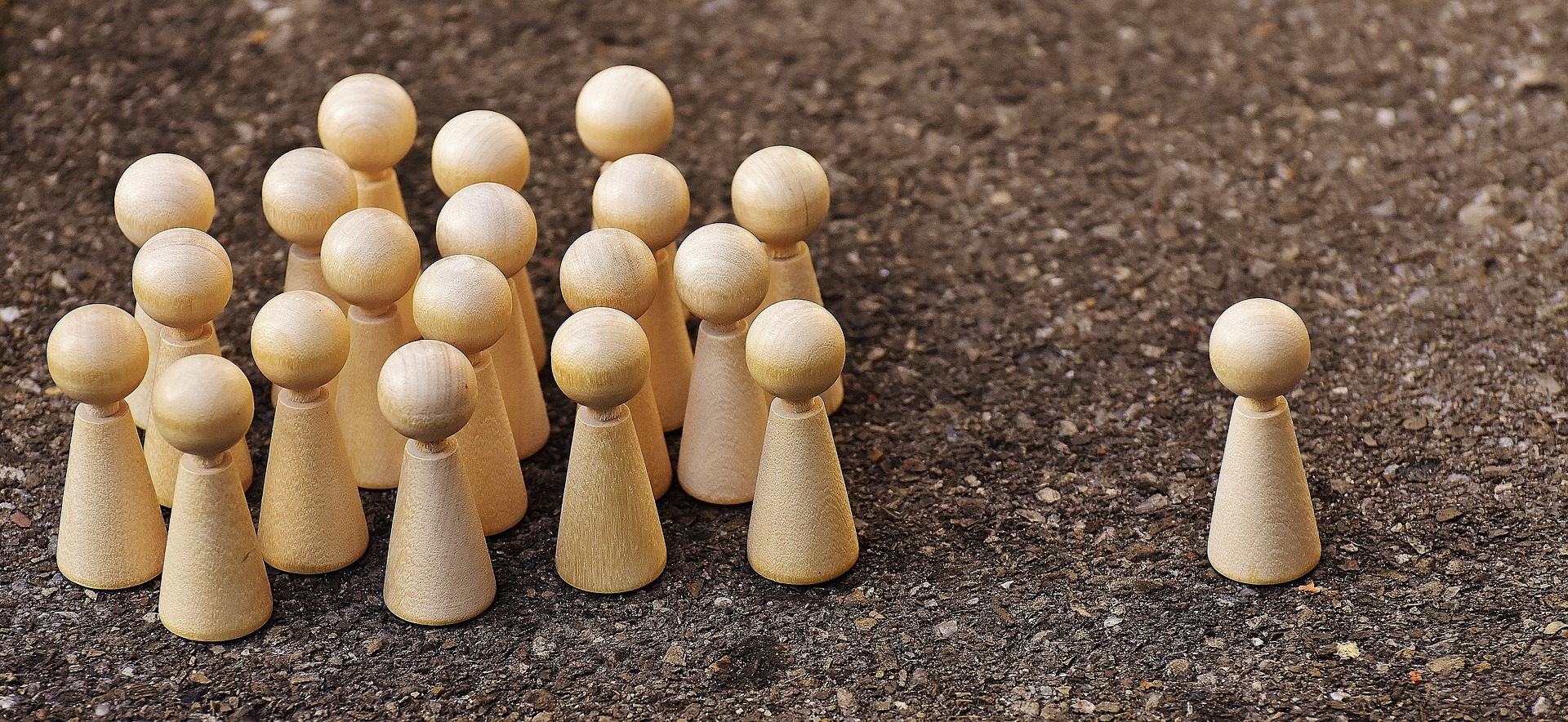
04 Jun Bullying and its effect on the teenage brain
I know, I know, we all know bullying is wrong and we do all we can to prevent it but have you ever stopped to consider what effects it can have on a young person and how much their education can suffer as a result?
Did you know for example, that according to the NSPCC, approximately 16,500 secondary aged pupils are frequently absent due to bullying? Or that over half of pupils who identify as LGBT admit to having been bullied and that last year 25,700 counselling sessions on bullying were provided by Childline? As if this isn’t bad enough, 83% of students who are absent due to bullying also report having physical medical conditions. So what’s going on?
The science bit – Research suggests that the effect on the brain is the same as that caused by trauma. Typically developing teenage brains are very plastic, they are growing fast and are busy developing their full adult capabilities. When a young person experiences bullying, the brain is flooded by stress hormones such as cortisol which can inhibit normal development by causing damage to the corpus callosum connecting the right and left hemispheres of the brain. In addition to this, the threat of bullying causes the amygdala releases adrenaline (the fight or flight hormone) which interferes with the normal rational responses which should be provided by the pre-frontal cortex, thereby causing developmental delay to this area. Unfortunately, the teenage brain reacts to a perceived threat or a memory of bullying in exactly the same way as an actual incident so even seeing the person involved or the location can trigger the same chemical reaction. Under these circumstances, normal development will be delayed and learning almost impossible as the student’s brain is already fully occupied with dealing with the bullying threat.
Recent research has suggested that the root of bullying may be the differences between us. This makes sense when you think about it; it might be the child with a learning difficulty, the one who wears glasses, the one who identifies as LGBT, or anything else that makes them ‘different’. The truth is we are ALL different so if we celebrate this and make it more of a feature in our classrooms it might just help.
Little actions that can help in a big way!
- Celebrate the differences between people in your class, in the wider school community and beyond.
- Know the children and young people in your lives. Get to know the friendships and fall outs between them.
- Watch out for those children who seem to be socially isolated, provide opportunities for them to mix with other children they are comfortable with
- Be creative in your groupings, try to make sure children get a chance to work with different children in school or play with different children out of the school environment.
- Be willing to listen and try to hear more than the words they are telling you. Ask yourself “what’s really going on here”?
- Try using the ‘apple’ metaphor. Click here to watch video.
- Consider keeping track of what’s going on between children by asking them each week to write down four other children they would like to work with or play with. In school, teachers can ask each child to nominate a ‘pupil of the week’ (or whatever your usual reward is). Look for the children who never get chosen and support them to form friendships. Click here to see one teacher’s brilliant method to tackle bullying.


